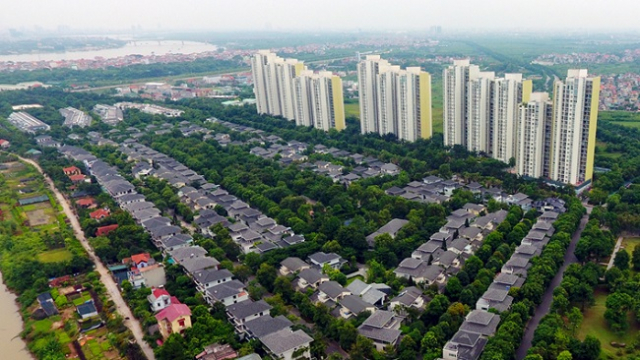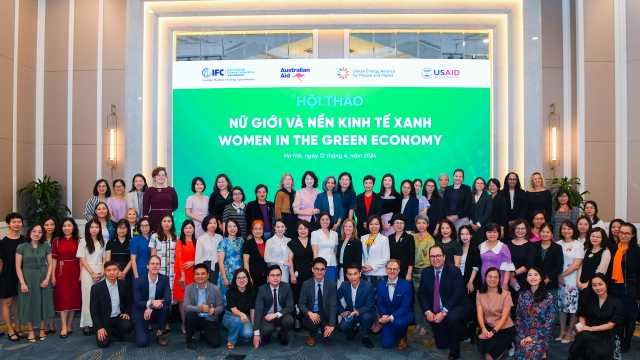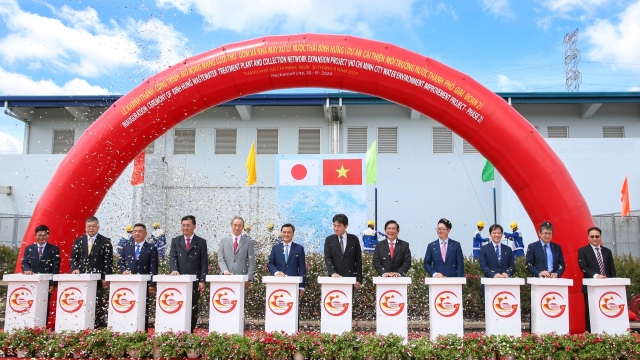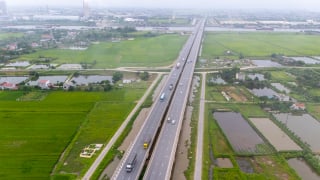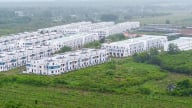National Focus
Persisting external headwinds remain the biggest risk to Vietnam’s growth
A possible deceleration in 2020 growth of Vietnam's main export markets would weigh on its growth.

In a challenging year like 2019, Vietnam weathered through risks with strong GDP growth of 7.0 per cent year on year, thanking to both of its robust manufacturing and steadily expanding services sectors.
On one hand, trade diversion and consistent FDI inflows have supported a resilient manufacturing sector. On the other hand, strong domestic consumption and booming tourism have fueled strong growth in services. In addition, some domestic risks were better contained compared to previous years.
These positive developments are expected to continue in 2020, HSBC stated in “Vietnam at a glance” report.
It believes that Vietnam’s 2020 economic outlook remains positive and expect the economy to grow 6.6 per cent year on year. As FDI inflows continues to add production capacity, Vietnam’s manufacturing sector is likely to remain robust.
New trade agreements, such as the EU-Vietnam Free Trade Agreement (EVFTA) and the Comprehensive and Progressive Agreement for Trans Pacific Partnership (CPTPP), will bring opportunities for Vietnam’s exports.
Meanwhile, services are likely to maintain its strong momentum as a result of continued thriving tourism and strong growth in domestic consumption.
However, HSBC noted that risks to growth are likely to persist in 2020. Despite inflation moderating to a three-year-low in 2019, the recent surge in pork prices poses upward pressures to inflation this year. In addition, an increase in the minimum wage from 1 January 2020 will also likely transmit some upward pressures to inflation.
HSBC revised up its inflation forecast for 2020 to 3.8 per cent year on year, higher than previous forecast, much closer to the State Bank of Vietnam’s (SBV) “below 4 per cent” target.
Vietnam would not be immune to a possible global growth deceleration in 2020 despite widely regarded as being the main beneficiary of the US-China trade tensions. HSBC in the report stressed that persisting external headwinds remain the biggest risk to Vietnam’s growth.
As an economy for which exports exceed 100 per cent of GDP and that is highly exposed to demand of its top three export destinations, the US, mainland China and the U, a possible deceleration in their 2020 growth would weigh on Vietnam’s growth.
Over the years, Vietnam has pushed for many reforms that have supported sustained high growth. In 2020, continued reforms are needed to buttress growth and tackle economic challenges.
For one, infrastructure is a key area to focus on. As Vietnam’s fiscal space has been limited but the need to upgrade and build new infrastructure is urgently required, Public-Private Partnerships (PPP) is consider providing an ‘ideal’ source to fund large infrastructure projects.
Yet, more reforms are needed to solve PPP-related issues to incentivize participation of private investors. It’s positive to see the authorities having already taken steps in this direction. The revised PPP Law, looking to strengthen the legal framework and laying the ground for addressing lingering issues concerning investors, is expected to pass in 2020.
Meanwhile, reforms are also needed in the banking sector. From January 1, 2020, all banks in Vietnam will have to adopt Basel II standards, which requires a minimum capital adequacy ratio (CAR) of 8 per cent. CARs on average have declined steadily since 2013, particularly among the state-owned banks.
The good news is that the CAR in SOE banks has stabilized at 9.8 per cent y-o-y as of September 2019, likely meeting the Basel II standards in 2020. That said, only 18 banks (16 domestics and 2 foreign) have met the requirements so far.
In particular, small banks are under pressure to increase their capital to meet the new standard.
Key quality drivers for integrated development in Vietnam
Lives under the scorching sun: Outdoor workers racing against climate change
Under unforgiving conditions, the outdoor workers - the backbone of urban economies - endure the harshest impacts of climate change while remaining overlooked by social safety nets. Their resilience and struggles highlight the urgent need for better protection in the face of rising temperatures and precarious livelihoods.
CEO Group chairman unveils guide to Vietnam real estate for foreigners
Doan Van Binh, Chairman of CEO Group and Vice President of the Vietnam National Real Estate Association, introduced his latest book, “Vietnam Real Estate for Foreigners,” at a launch event in Hanoi on Friday.
Women leading the charge in Vietnam's green transition
Acting for increased women’s participation and leadership in climate action, Vietnam can accelerate a transition that is more inclusive, just, and impactful.
Steam for girls: A journey of passionate and creative girls
The "Steam for girls 2024" competition provides a creative platform for Steam and an opportunity for students to connect with peers from various regions within Vietnam and internationally.
Politburo backs North-South high-speed railway proposal
The Politburo on Wednesday supported a plan to invest in a high-speed railway along the country’s North-South axis, marking a crucial step for the multi-billion-dollar project aimed at boosting economic growth and infrastructure development.
Ho Chi Minh City inaugurates Japan-funded wastewater treatment plant
Ho Chi Minh City has inaugurated the expanded Binh Hung wastewater treatment plant, now the largest facility of its kind in Vietnam.















